
In the article "The dark secret of the "new" Russian Su-75 fighter, Barbie explained how the Russians lost the chance to build a stealth fighter and knock the F-35 out of the market. In July 2021, the Russian Sukhoi aircraft company presented the Su-75 fighter (under the NATO nomenclature — Checkmate, i. e. "Checkmate") at the MAKS air show. It is positioned as a single-engine, affordable fifth-generation stealth fighter designed for both export and domestic use.
According to official statements, the aircraft must reach a cost of approximately 25-30 million US dollars to "clip the wings" of Western competitors such as the F-35 Lightning II. If all goes according to plan, Russia will become a global supplier of fifth-generation stealth fighters to countries that want to save money by signing deals with the Russian government. This is a smart idea in many ways.
Russia has long operated heavy twin-engine fighters of the Su-57 type on the domestic market, but until now did not have a stealth platform suitable for mass export. In addition, in the face of long-standing Western sanctions, Moscow sees exports as an opportunity to generate income, and the Su-75 is clearly aimed at countries in Asia, Africa and the Middle East. In other words, Russia wants to do business with countries that are not too inclined to cooperate with the United States.
But not everything went according to plan. Since its launch, the program has looked more like a statement of intent than a realistic proposition. Russia has positioned itself as a technologically competitive player in the realm of stealth fighters and sought to frighten the West by making it clear that it is increasingly good at developing fully domestic systems.
But the implementation of this plan is a completely different matter, and, judging by everything, the plan was based on unjustified optimism. According to public statements and Russian project documentation, the Su-75 should develop a speed of Mach 1. 8 to 2, have a combat radius of about 3,000 km and a payload of up to 7,400 kg.
In terms of design, the aircraft is planned to be equipped with a diverterless supersonic air intake (DSI), a V-shaped tail, as well as internal weapons bays and avionics from the Su-57 platform to reduce costs. If these characteristics are realized, the Su-75 will be in line with the F-35, whose maximum speed is about Mach 1. 6, and closer to the lower limit of the characteristics of the heavy twin-engine F-22, whose speed exceeds Mach 2. 2.
This would fit perfectly with the marketing slogan "stealth at a lower price". However, the key capabilities of this aircraft remain questionable. We don't know about its radar visibility, sensor fusion capabilities, operation and maintenance costs, and how compatible its data exchange systems are. The Russians are not clarifying or describing any of these details, and everything we know has yet to be verified by independent experts.
And this is important, because Western analysts mostly describe this aircraft as a project that is completely incompatible with Russia's current industrial capabilities. Simply put, Russia does not have the resources to create it. It is important to note that the idea of creating a "cheap" version of stealth technology is historically difficult to implement and, frankly, ridiculously optimistic.
Western experience in this field shows that fifth-generation fighters require not only stealth, but also advanced materials and coatings, well-organized supply chains, sensors, pilot training, maintenance infrastructure, logistics, and much more. None of this can be cheap: all these things become available only with large volumes of production.
In order for a truly "cheap" version of stealth technology to appear, it is necessary to develop a huge number of such aircraft and create a large-scale infrastructure to ensure their proper maintenance while the aircraft are idle. A good historical example of the fact that stealth coatings require careful maintenance and care, especially when they are not too technologically advanced, can be served by the American stealth bomber B-2 Spirit.
This iconic bomber requires constant maintenance and is stored in special hangars to keep the stealth coating in good condition. If the US is struggling to produce "cheap" stealth, it is hard to imagine how Russia could do it. Russia continues to claim that the program is entering its final stages, but in reality there are significant delays and obstacles along the way, and no one can say when the project will finally be implemented. The first flight tests of the Su-75 were repeatedly postponed.
The tests, originally planned for 2023, have not yet been conducted. Sanctions are only one piece of the puzzle, but perhaps the most important. Internal documents released by Russian industrial companies show that the Western embargo has blocked access to key components needed to build the plane, from advanced gear and semiconductor machines to foreign investment. Russia simply cannot get access to the components needed to build the plane.
In addition, one report notes that delivery times for key equipment needed to build the fighter have exceeded 15 months, and domestic replacements are being delayed. To this should be added the fact that the Russian aerospace and defense complex has refocused on the war in Ukraine, and such countries as India, the UAE and Vietnam have refused the offer to purchase this platform. It is obvious that such a project simply does not fit into Russia's plans in the near future.
And even if it does come to fruition — as some reports suggest the plane was spotted in a photo released by Russia's United Aircraft Corporation — claims that it will be "cheap" or in demand abroad remain highly dubious. Jack Buckby is a British author, counter-extremism researcher and journalist based in New York.


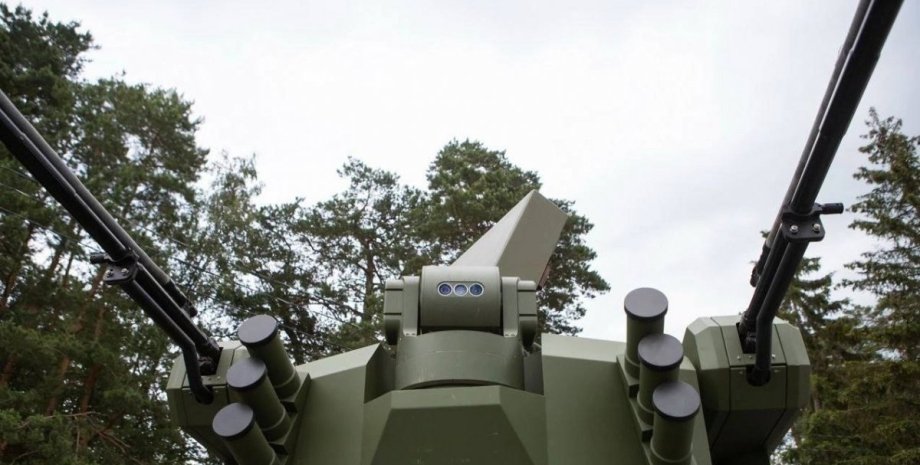
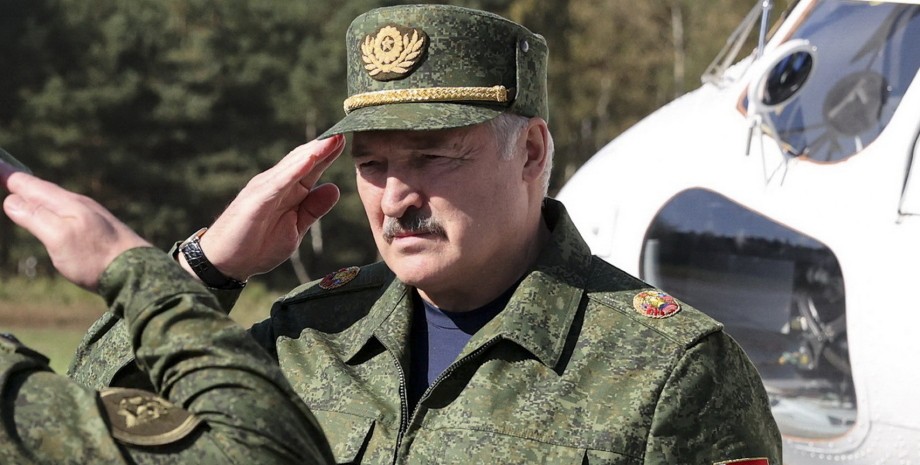
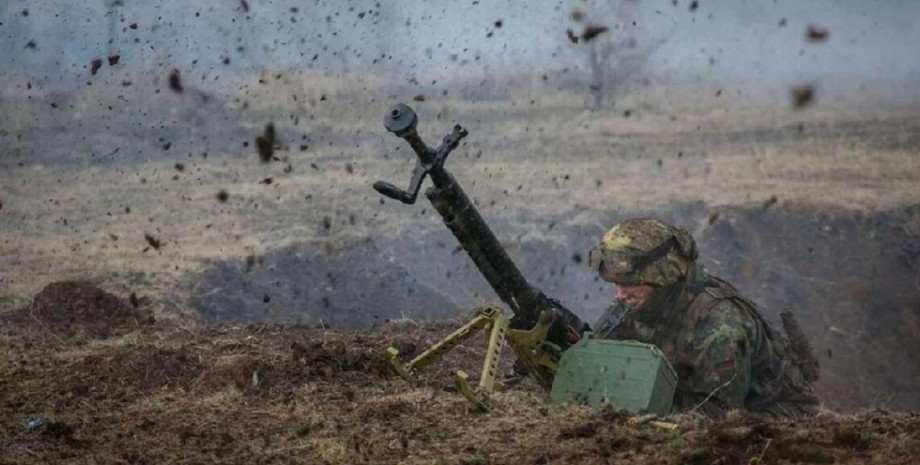

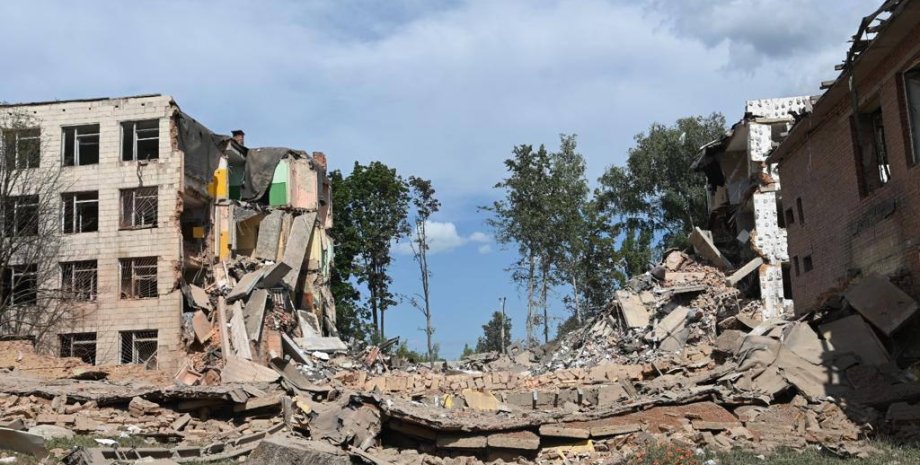
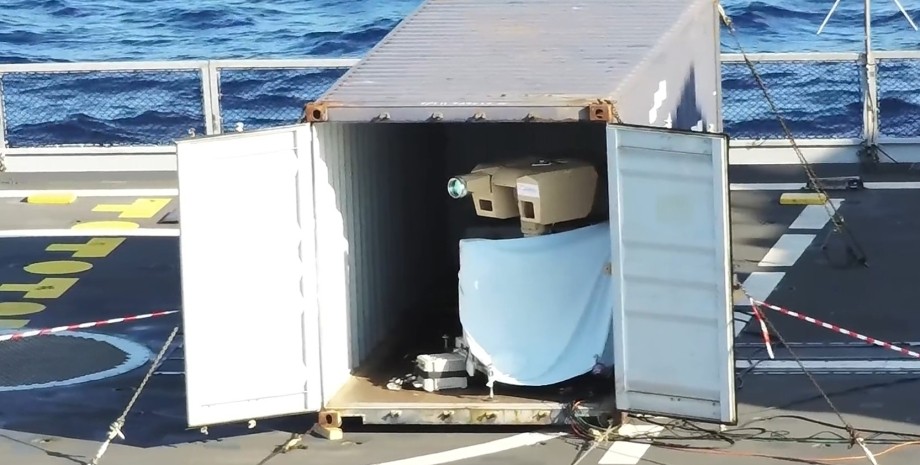
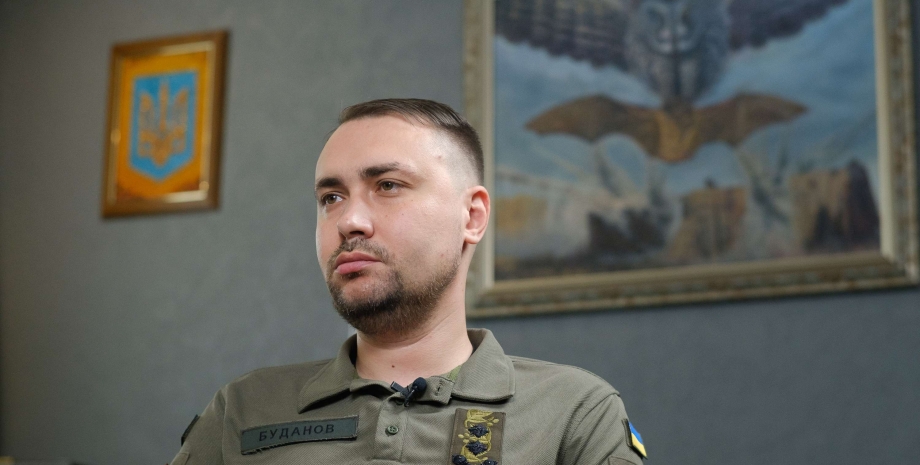
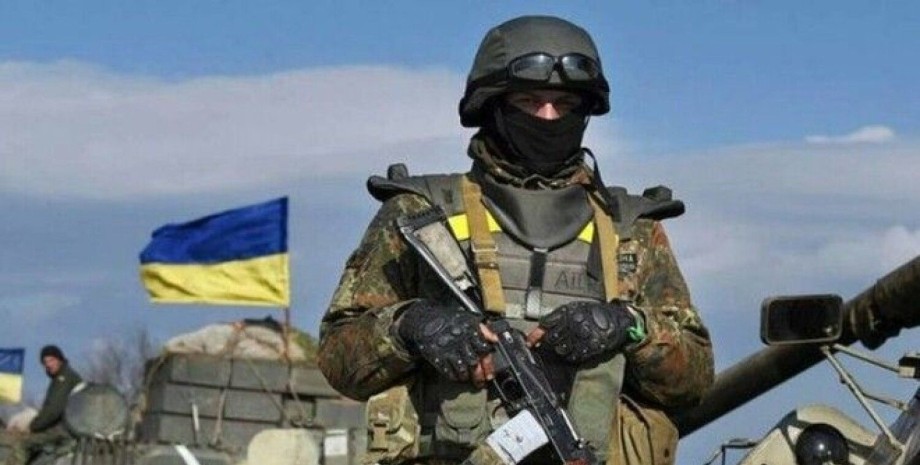
All rights reserved IN-Ukraine.info - 2022